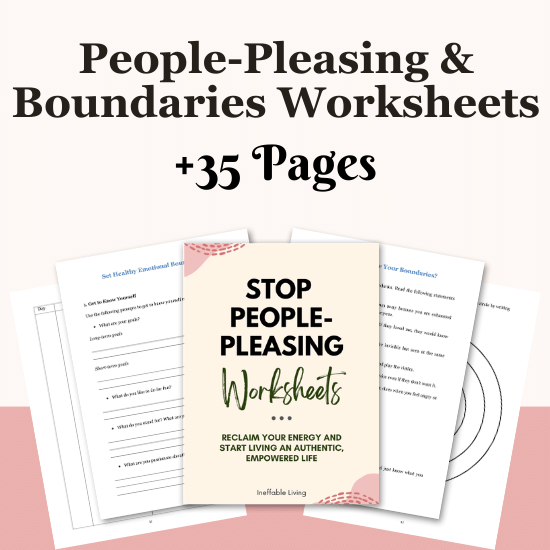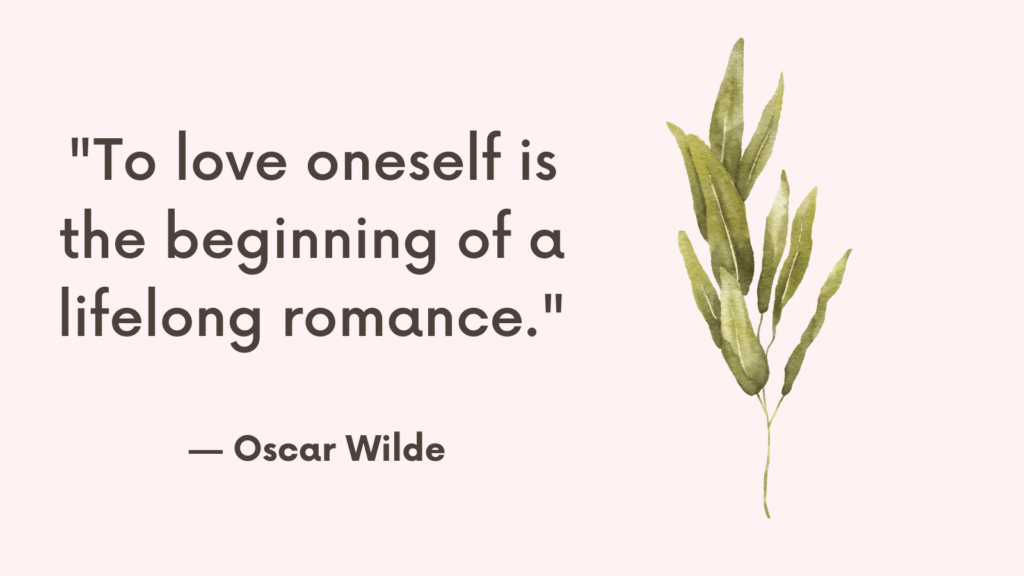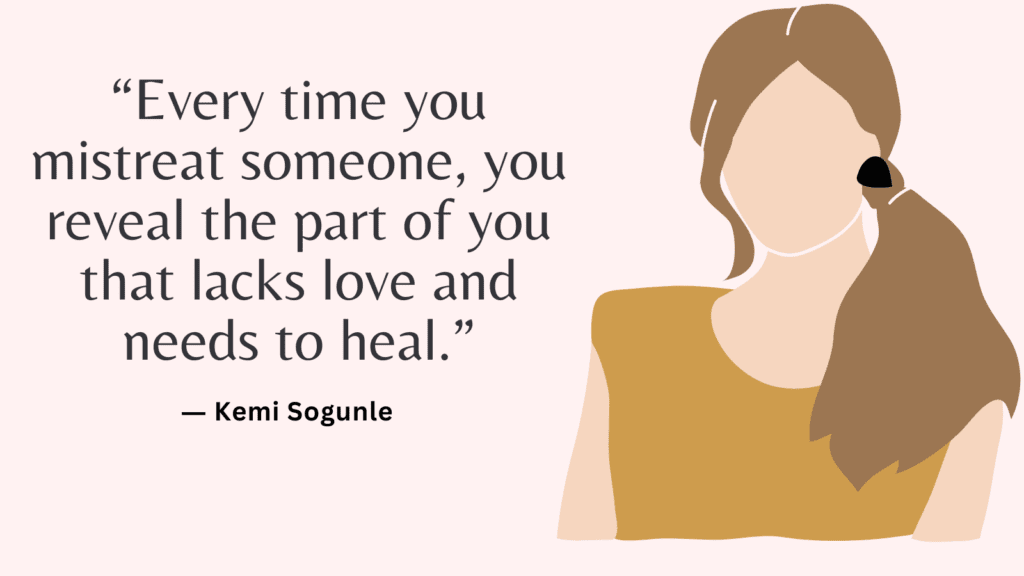Setting boundaries with yourself is an essential aspect of self-care.
Just as we set boundaries with others to protect our time, energy, and emotional well-being, we also need to establish personal boundaries to maintain a healthy relationship with ourselves.
These boundaries help you manage your habits, emotions, and time more effectively, leading to greater self-discipline, productivity, and overall well-being.
This guide will provide you with practical tips for setting and maintaining healthy self-boundaries.
Why Set Boundaries with Yourself?
Setting boundaries with yourself help you manage your time, energy, and emotions effectively, preventing burnout and enhancing focus.
By establishing clear boundaries, you cultivate self-discipline, foster self-respect, and make healthier choices that align with your goals and values.
What Do Boundaries with Yourself Look Like?
- Only spend 30 minutes on social media each day.
- Turn off work emails after 7:00 PM.
- No phone use during meals.
- Exercise at least 3 times a week.
- Go to bed by 10:30 PM every night.
- Limit caffeine to one cup of coffee per day.
- Avoid impulse purchases by following a 24-hour wait rule before buying non-essential items.
- Dedicate 30 minutes a day to reading or personal development.
- Say no to social invitations if you feel overwhelmed or need personal time.
- No eating junk food during the week—allow treats only on weekends.
These boundaries help you manage your resources effectively, ensuring that you stay aligned with your goals and maintain a healthy balance in life.
Related: +100 Examples of Boundary Violations & How to Deal With It
How to Set Boundaries with Yourself?
1. Identify Your Priorities
Begin by identifying your top priorities in life—whether they are related to your health, career, relationships, or personal growth.
Understanding what matters most to you will help you set boundaries that align with these priorities.
2. Recognize Unhealthy Patterns
Reflect on your habits and behaviors to identify patterns that are detrimental to your well-being, such as procrastination, overworking, or negative self-talk.
3. Set Specific, Realistic Goals
Establish clear, achievable goals that support your priorities and personal growth.
Break these goals down into manageable steps and set deadlines to keep yourself accountable.
4. Create a Daily Routine
Design a daily routine that includes time for work, rest, self-care, and leisure.
Stick to this routine as much as possible to create a sense of structure and balance in your life.
5. Limit Screen Time and Digital Distractions
Set boundaries around your use of technology, such as limiting screen time, turning off notifications during focus periods, and designating tech-free times or zones in your home.
Related: Boundaries Circle Worksheet (PDF Download)
6. Practice Mindful Self-Talk
Monitor your internal dialogue and replace negative or critical thoughts with positive, constructive self-talk.
Practice mindfulness to become more aware of your thoughts and emotions.
7. Set Boundaries Around Food and Exercise
Establish healthy eating and exercise habits by setting boundaries such as avoiding emotional eating, committing to regular physical activity, and listening to your body’s needs.
8. Prioritize Rest and Sleep
Make rest and sleep a non-negotiable part of your daily routine.
Set a regular bedtime, create a relaxing pre-sleep routine, and avoid overstimulation before bed.
9. Manage Stress Effectively
Identify your stressors and set boundaries to manage them, such as delegating tasks, taking regular breaks, and practicing relaxation techniques like deep breathing or meditation.
10. Learn to Say No to Yourself
Practice self-discipline by learning to say no to impulses or habits that don’t serve your goals or well-being, such as overspending, staying up too late, or indulging in unhealthy behaviors.
11. Schedule Regular Self-Check-Ins
Set aside time each week to reflect on your progress, assess whether you’re adhering to your self-boundaries, and make any necessary adjustments.
Related: How to Identify and Set Non Negotiable Boundaries?
12. Practice Self-Compassion
When you slip up or fail to adhere to your boundaries, treat yourself with kindness and understanding.
Use setbacks as opportunities to learn and grow rather than as reasons to criticize yourself.

Conclusion
Setting boundaries with yourself is an empowering act of self-care that helps you create a life that aligns with your values, goals, and well-being.
By identifying your priorities, creating a balanced routine, and practicing self-discipline, you can cultivate a healthier, more fulfilling relationship with yourself.
Remember, self-boundaries are not about restriction—they are about creating the conditions for your best self to thrive.



